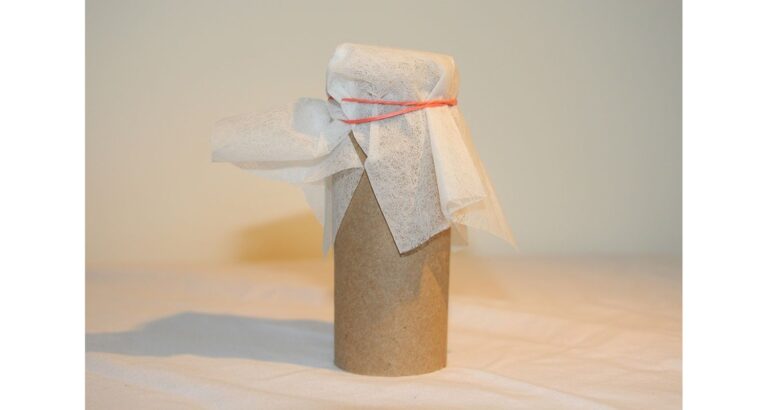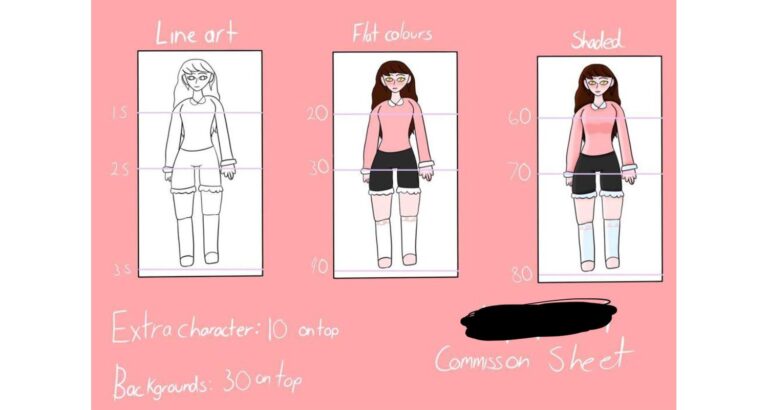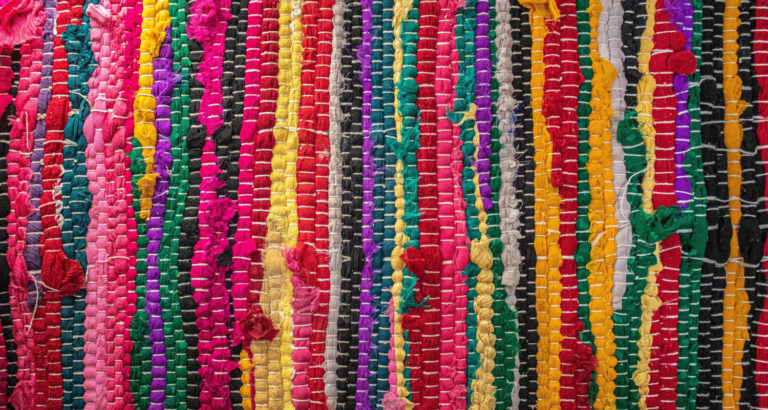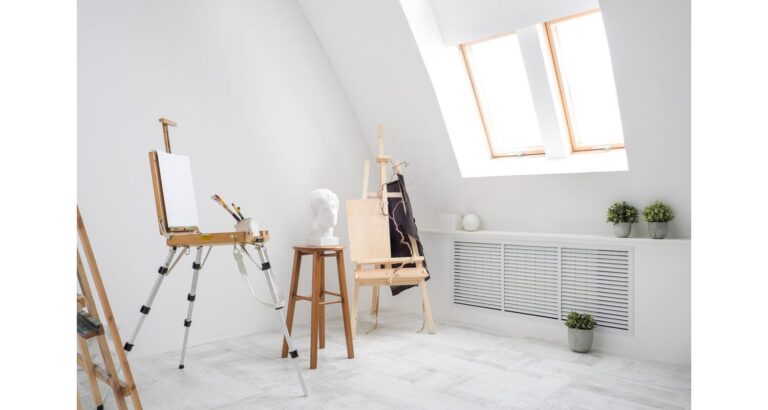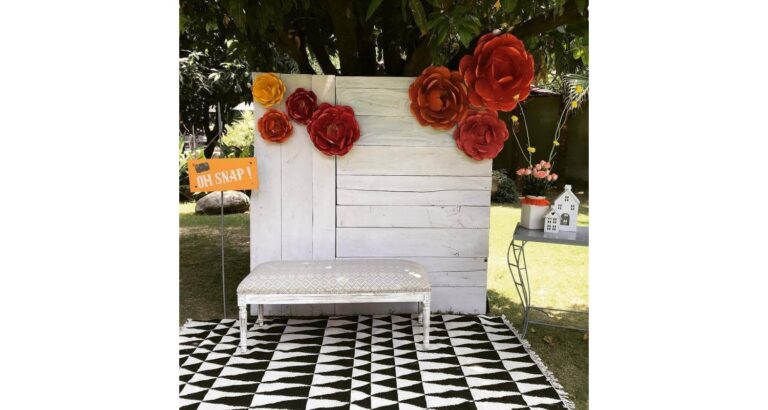In this article, we’ll explore the captivating world of art books. Creating an art book is a unique way to showcase your creativity and preserve your artistic journey. Whether you’re an artist, a collector, or an art enthusiast, understanding how to make an art book can enhance your appreciation of art.
To make an art book, gather your artwork, choose a theme, select a book format, design the layout, and consider binding options. Keep it personal and reflective of your artistic style.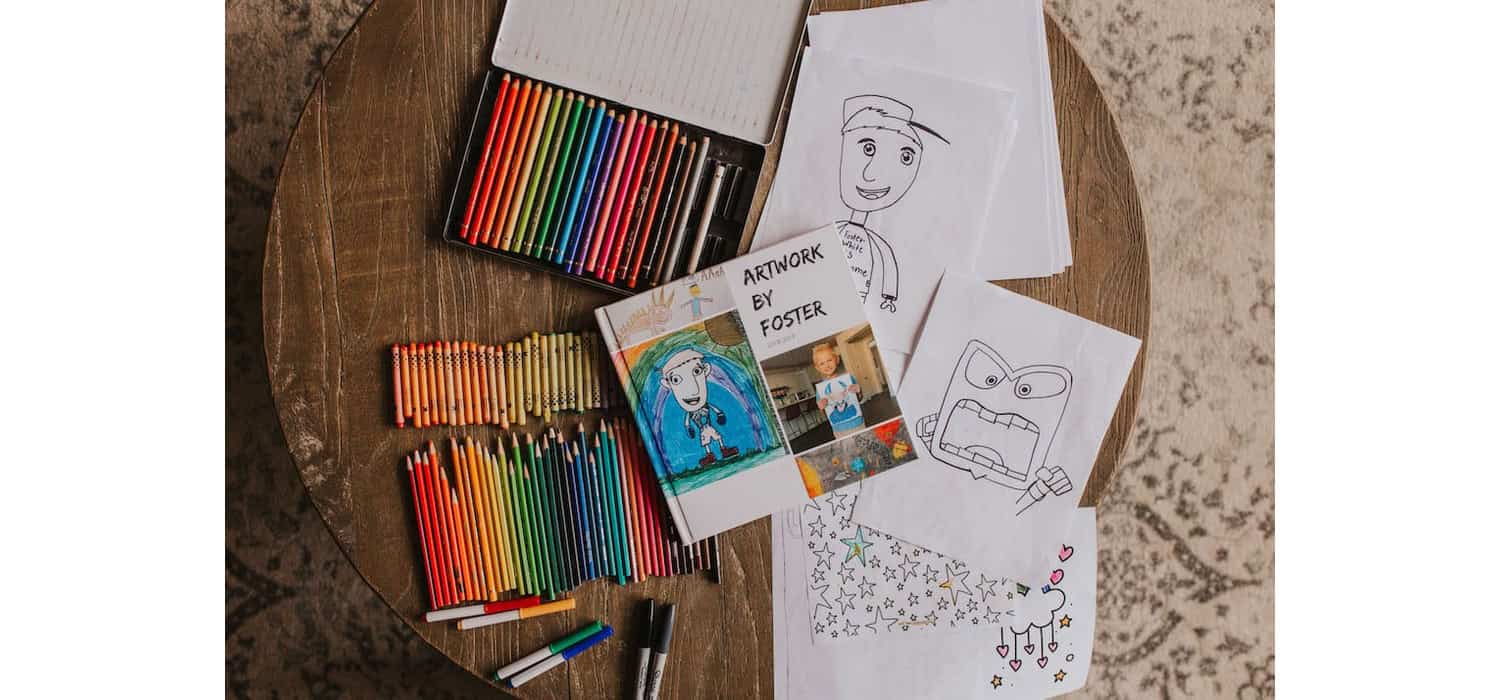
Continue reading to uncover valuable tips and insights on crafting your own art book. We’ll guide you through every step, ensuring your art book is not just a collection, but a masterpiece in itself.
Understanding the Publishing Landscape
When creating an art book, it’s crucial to understand the publishing landscape. Start by exploring different art books for inspiration. Look at their themes, designs, and formats. This research will help you identify your preferences and the direction you want to take with your own book.
Consider attending art book fairs and networking events. These gatherings are excellent opportunities to connect with other artists, publishers, and industry professionals. You can gain valuable insights, discover trends, and even find potential collaborators or publishers for your book.
Finally, keep an eye on open calls from galleries, magazines, and publishers. These calls are opportunities to submit your work and potentially get it published. They can also provide guidelines and expectations for art book submissions, helping you tailor your book to suit the industry standards.
Crafting Your Proposal
Creating a compelling proposal is key to grabbing a publisher’s attention. Your proposal should highlight the uniqueness of your art book and why it stands out in the market. Explain the concept, the theme, and the artistic value of your book.
When selecting the pieces of art to include, think about the flow and coherence of the book. Each piece should connect to the next in some way, whether through theme, color, or style. This continuity will make your art book more engaging and visually appealing to potential publishers and readers.
Execution and Publishing
In the execution and publishing phase of creating an art book, you’re transitioning from the planning and design stages into actual production and distribution. This part is critical as it involves making decisions on how to bring your artistic vision to life in the form of a physical or digital book. Here’s how you can approach this phase, based on insights gathered from various sources.
Self-Publishing vs. Traditional Publishing
Choosing between self-publishing and traditional publishing for your art book is a significant decision that impacts your project’s creative control, distribution, and financial outcomes. Both paths offer distinct advantages and challenges.
Self-Publishing:
- Full Creative Control: You make all decisions regarding content, design, and distribution.
- Quicker Turnaround: Faster process from creation to publication.
- Ideal for Niche Audiences: Suitable for portfolio books or targeted readership.
- Cost Responsibility: You bear all expenses for printing, marketing, and distribution.
- Direct Profits: You keep all earnings from sales.
Traditional Publishing:
- Credibility: Association with an established publisher can enhance the book’s reputation.
- Wider Distribution: Access to a broader distribution network, including bookstores and online retailers.
- Professional Support: Benefit from the publisher’s expertise in editing, design, and marketing.
- Longer Process: The journey from proposal to publication can be time-consuming.
- Creative Compromises: May need to adjust your vision to align with the publisher’s requirements.
- Competitive: Getting accepted by a publisher can be challenging and may require multiple submissions.
Finding the Right Publisher
- Research Publishers: Look for publishers that specialize in art books and align with your art style and book vision. Notable publishers in the art book realm include Phaidon, Taschen, and Abrams Books.
- Craft a Compelling Query: Prepare a well-crafted query letter or proposal highlighting your art book’s uniqueness and appeal. Focus on what separates your book and why it would be a valuable addition to the publisher’s catalogue.
- Reach Out: Send your query to potential publishers, following their submission guidelines carefully. Be patient and persistent, as this process can take time.
Designing and Producing Your Art Book
- Quality Matters: Whether you’re self-publishing or working with a publisher, the quality of design, paper, and printing is crucial. These elements play a significant role in how your art is translated onto the page.
- Consider Design and Layout: Pay attention to the book’s design, layout, and overall aesthetic. The way your art is presented should complement and enhance the visual experience.
- Collaborate with Professionals: If possible, work with experienced designers and printers who understand how to showcase art in book form.
Additional Resources and Support
- Explore Funding Options: Look into grants, residencies, and workshops that offer financial support, resources, and access to production tools for artists creating books.
- Print-on-Demand Services: For self-publishers, print-on-demand services can be a cost-effective option for printing your book. These services allow you to print copies as needed, reducing upfront costs and inventory risks.
Conclusion
Creating an art book is a rewarding way to showcase your artistic journey and share your creativity with the world. Whether you choose to self-publish or collaborate with a traditional publisher, focusing on quality design and printing will ensure your artwork shines. Share your experiences and tips for creating an art book in the comments below!
FAQ Section
What is the purpose of an art book?
An art book serves to showcase an artist's work, providing a tangible collection of their creativity and style. It's a medium to share art with a wider audience.
How do you make a professional art book?
To create a professional art book, select high-quality images of your artwork, choose a cohesive theme, design a visually appealing layout, and opt for quality printing to ensure your art is represented accurately.
What should be included in an art book?
An art book should include a selection of your artwork, an introduction or artist's statement, captions or descriptions for each piece, and any relevant information about your artistic journey or the themes explored in your work.
How do I publish my own art book?
To publish your own art book, you can either self-publish, which gives you full control over the process, or seek a traditional publisher that aligns with your artistic vision.
How much does it cost to produce an art book?
The cost of producing an art book varies depending on factors like printing quality, page count, and binding. Self-publishing can be more cost-effective, while traditional publishing may involve higher production costs.

I am Sammy and I blog at Live it. Love it. Make it. It is creative lifestyle blog run by best friends H and Sammy. Head over and follow our crafty adventures!


